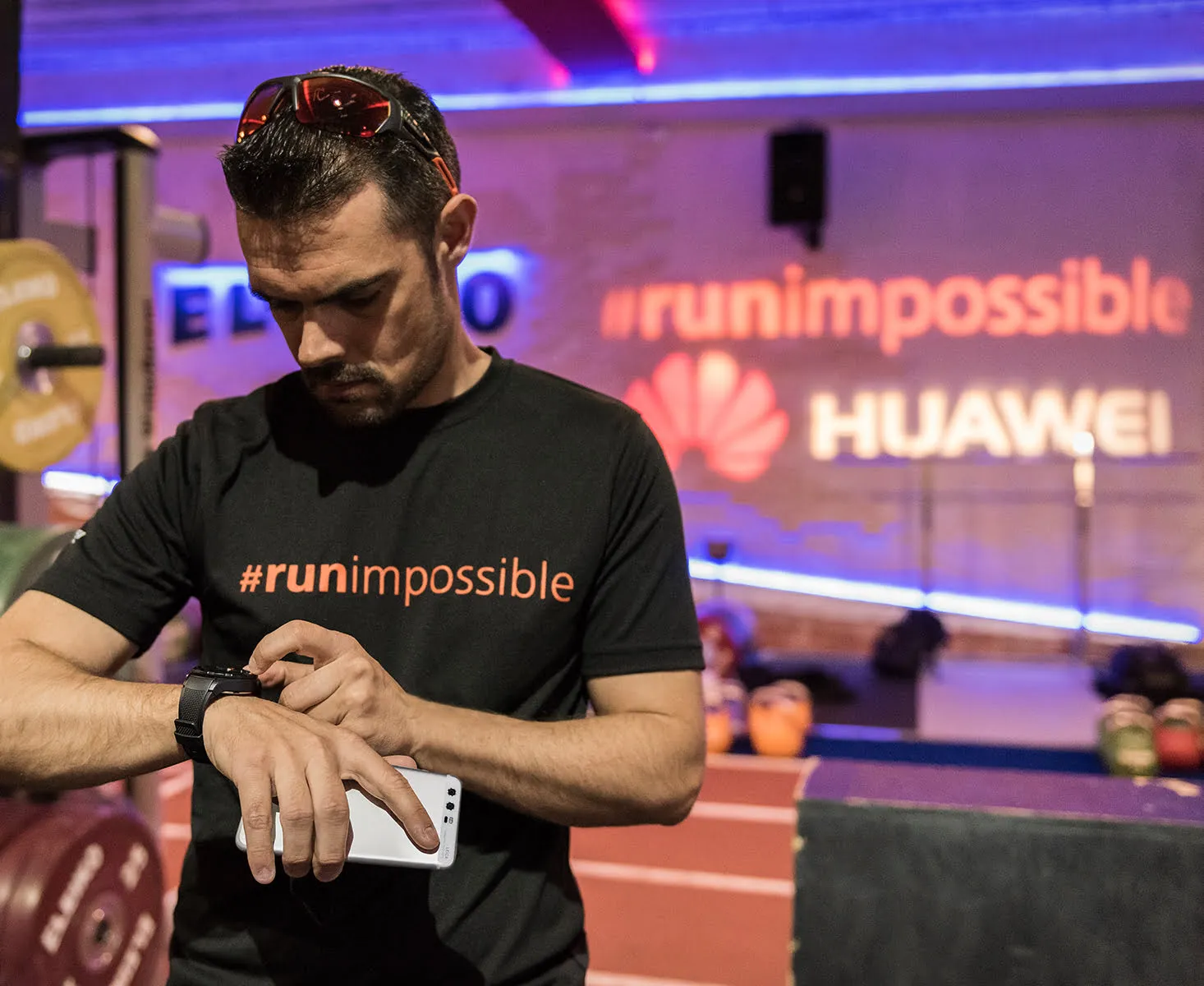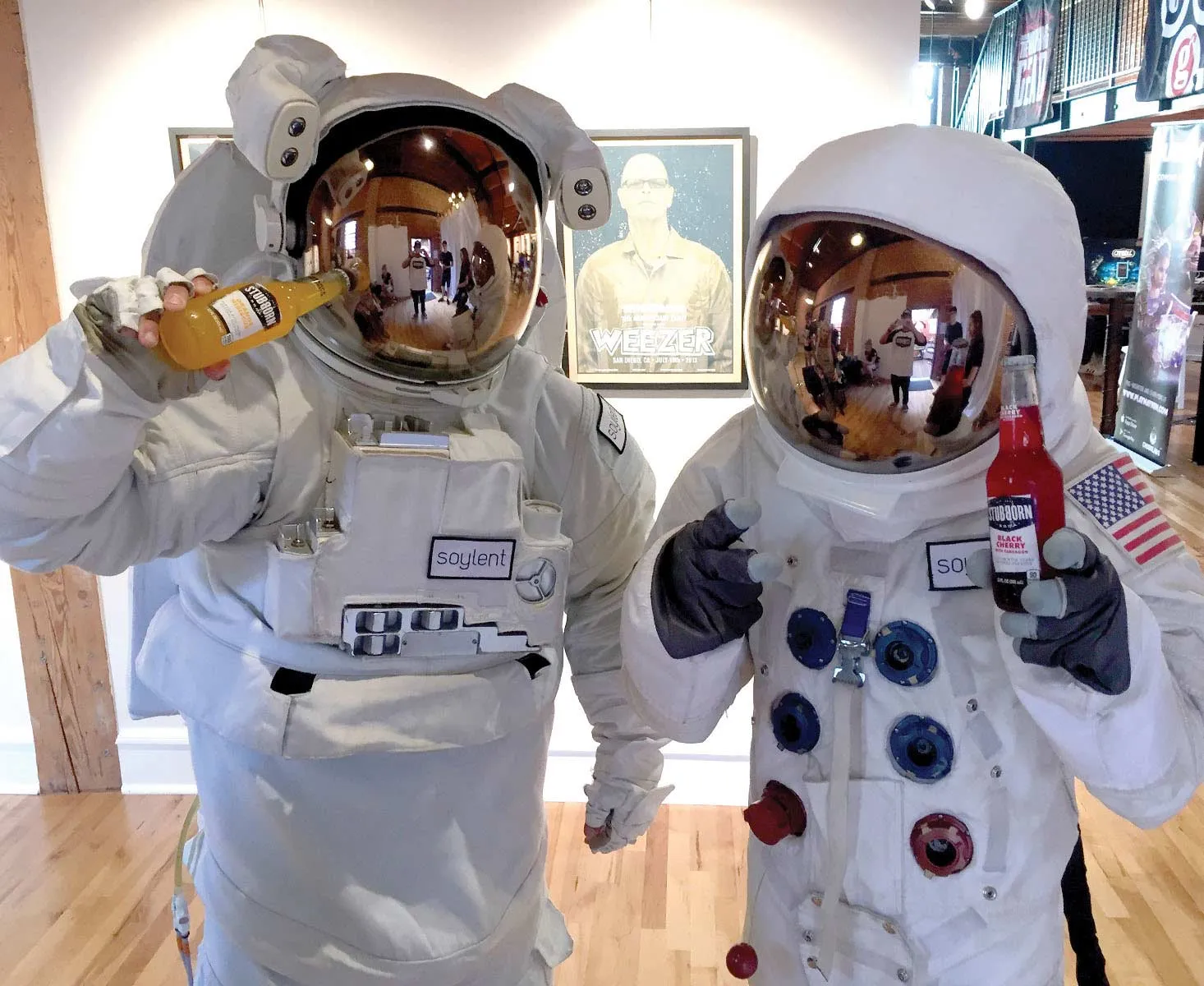Each year, brands are allotting more of their marketing budgets toward brand activation. In fact, a study recently found that “a growing number of marketers expect to allocate
up to 50% of their marketing budgets to experiential over the next three to five years.”
These data-driven decisions demonstrate that brands and agencies alike see the dramatic impact that in-person interactions offer.
One of the most popular experiential tactics of the moment is the pop-up shop. From beauty brands to food and beverage to apparel, brands in all categories are entering the pop-up sphere to reach their marketing goals. It is a favorite among larger brands, and offers a vast number of variations in terms of both size and scope. Pop-ups can be a small activation that lasts one weekend or a “museum” that lasts several months. They can occupy entire retail spaces, lofts, street carts, or can even exist within another retail store. They are effective for brands of all types with different approaches and goals.
Pop-ups can also serve as a solution for a variety of business challenges. They are often used to overcome hurdles that are inherent to a sector or to the general marketplace. If you see your own company facing any of the common problems listed below, a pop-up shop could be the answer.
If your industry is seasonal, and/or you don’t have access to your prime location year-round.
When it comes to real estate, we all know the adage: location, location, location. Many brands are challenged when it comes to allocating budget for the ideal place to reach a large number of their ideal consumers. Prime commercial real estate can be extremely hard to come by, which is why a pop-up shop can be a great solution for connecting with an audience in high-traffic locations.
For example, online fashion brand ModCloth didn’t want to make a massive investment into a permanent location. So, they decided to launch a pop-up shop. This temporary “Fit Shop” gave them the increased exposure and the boost in sales that they were looking for without the commitment associated with signing a lease.
Some businesses don’t have the luxury of selling a product or service that people use every day. This is clear to anyone who’s seen a holiday pop up just in time for Halloween, Christmas, or any other holiday. For a business like Backpack maker JanSport, for example, a year-round brick-and-mortar footprint may not make sense with dramatic peaks and lulls in sales. However, a 1-2 month-long pop-up near retail and residential locations surrounding the “back to school” season makes sense.

You’re struggling with delivering personalized, targeted, ongoing consumer engagement that feels meaningful.
In today’s world of user-centric content and product delivery, brands have to treat the consumer like an individual. Nothing enrages modern shoppers more than being blindly sold to. They also need more “romance” in a brand relationship. In fact, the data shows that it requires an average of 4.7 touch points (interactions between a business and its consumer) before he or she decides to purchase from a brand. As a result, your company may be concerned that you’re not engaging with your audience often enough, or you may want to increase the intimacy between your brand and audience. And like all things experiential, pop-up shops thrive in delivering meaningful, personal interactions with consumers. And this interaction does not have to exist in a vacuum – it can impact both short-and long-term consumer behavior.
Experiential tactics can aid brands in this courtship in two ways. First, brand activation gives companies the most ‘bang for their buck’ as it relates to consumer engagement. Experiences are often designed to increase brand awareness and drive revenue all at once. Second, they allow the brand to design a series of subsequent touchpoints to tee up personalized, meaningful interactions with each consumer. The pop-up shop is just the beginning – it kickstarts the brand/consumer relationship, and is then followed with post-event engagement, such as an email offer coupled with social media contests or campaigns. Your pop-up is the catalyst for an ongoing consumer engagement strategy that nurtures each attendee toward becoming a customer.

You offer a product or service that is almost identical to competitors and you need to differentiate.
While every company wants to differentiate itself from the competition, it’s easier for some brands than others. If your company is selling designer clothing, you have a unique point of view that is clear to shoppers. If your company is selling internet service, your ability to differentiate from the competition is more limited. While stellar service will certainly give you some traction, it can be hard for that to translate before someone becomes a customer. Enter experiential. Take a lesson from brands like Nike who are embracing experiential as an opportunity to stand out in the eyes of consumers. Like Nike, make your pop-up a destination that people want to visit, regardless of the actual items or service you want to sell.
When designing your experience, remember that your pop-up is place to elevate your brand. You have the opportunity to differentiate by demonstrating your culture, mission, and the “why” behind what you do. Tell them about the causes you’re passionate about, which will go a long way in the minds of consumers, who are increasingly looking for brands with a purpose. Think of your pop-up shop as an opportunity, so design it carefully.
In conclusion
There is no doubt that the popularity of pop-ups shows that they are an effective marketing tool. And while many brands see elaborate “showy” pop-ups more as a stunt, the truth is, pop-ups can be a practical way to combat age-old dilemmas, including those listed above. By looking at pop-ups through a lens that doesn’t just include brand awareness, you can address issues like seasonality, sales and more, all while providing a memorable brand experience.







